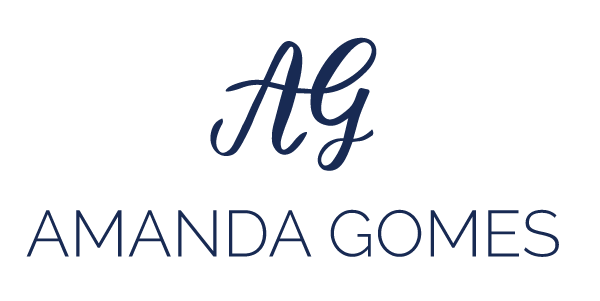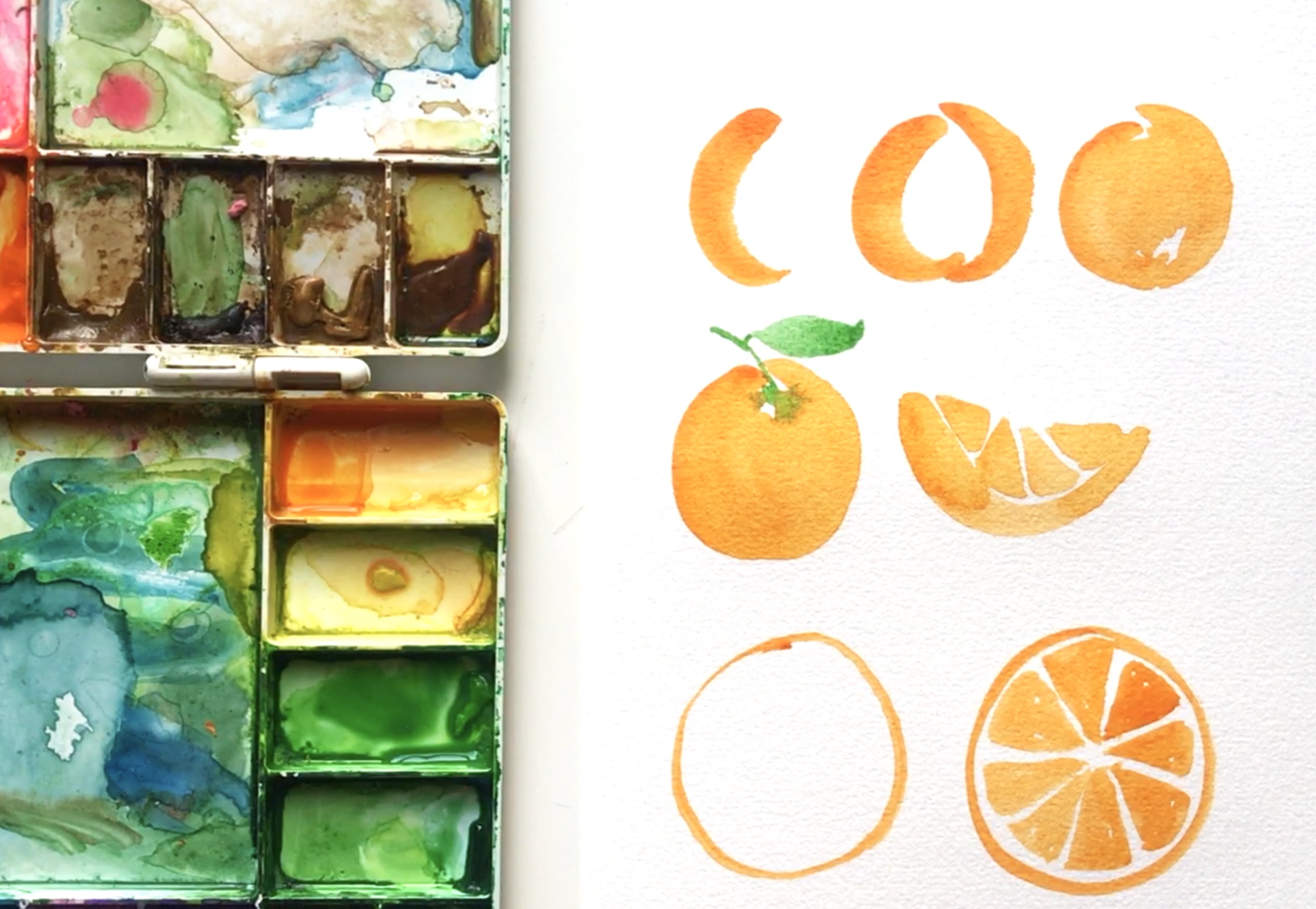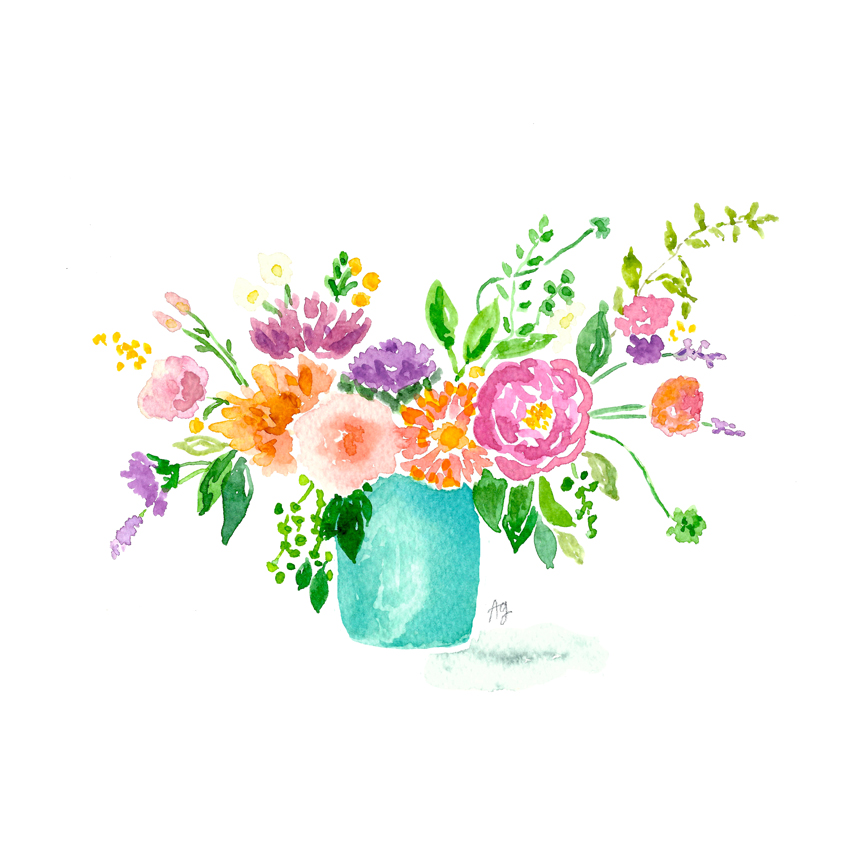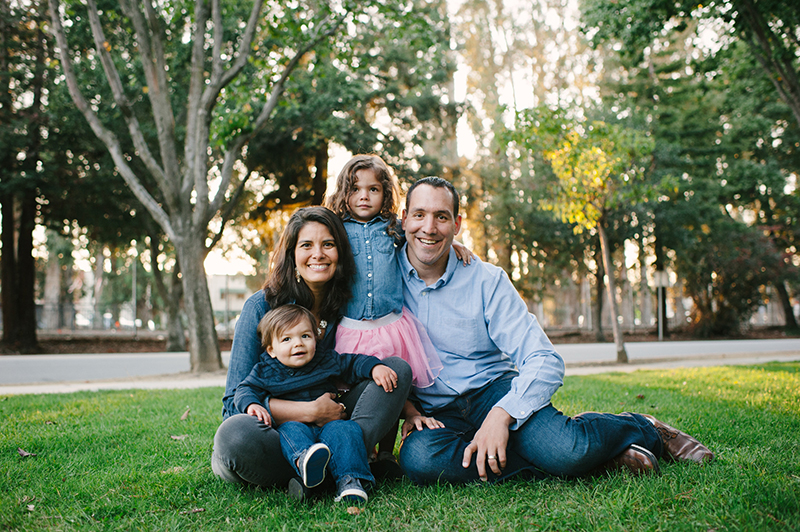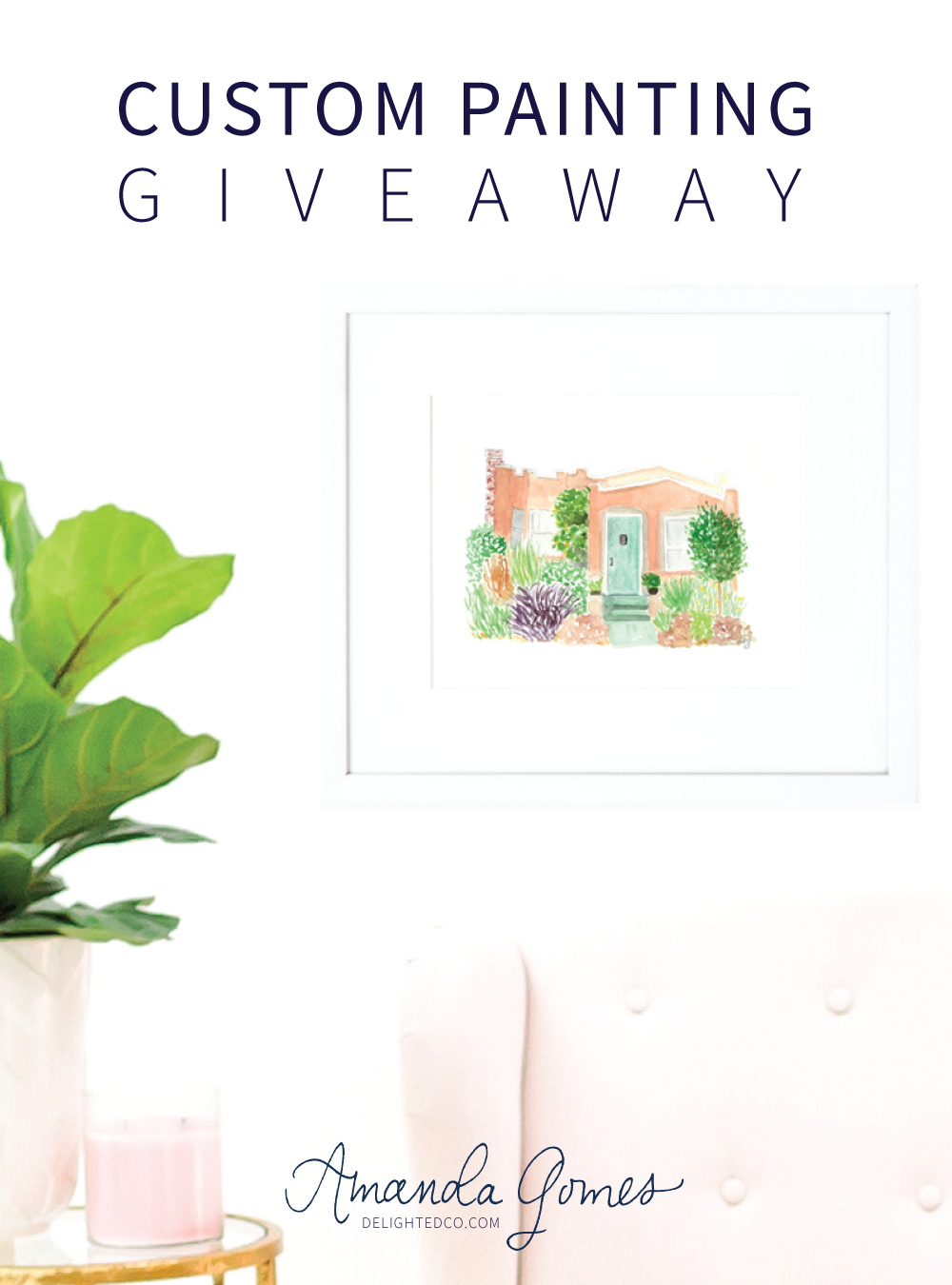Ahh...the world of brand identity and graphic design. There is so much to learn and I’m forever taking it in and refining my process for the better with each new project.
I didn’t go to school for design, although sometimes I wish I had. My first taste of graphic design was in a middle school “Advanced Tech” class (hello Macintosh SE) and a computer arts class where we used some sort of drawing software to make “computer art” all period long, every day. As much as I enjoyed these classes, I never considered Graphic Design as a career. Instead I majored in Communication studies with an emphasis in Advertising and Public Relations. I did take Graphic Design for Advertising, Desktop Publishing, and a few other design-related courses, but to me, these were bonus classes and I never thought I’d use graphic design skills regularly in my work.
However, that’s exactly what I ended up doing. Not on a large scale, but for projects here and there, in all of my jobs since college. When I worked in a hotel sales office, I designed fliers and email promotions for travel industry partners. In my job at the wedding magazine, I helped our designer with the magazine layout and designed ads for clients as well as promotional pieces for our brand. In my job at an architecture studio I worked on multi-page marketing proposals, and in my current role I design invitations, agendas or other event collateral. I truly enjoy these projects and am glad (and a little surprised) those initial design classes turned out to be so useful.
Because I have more workplace experience than classroom experience, I am intrigued by graphic designers with four-year degrees who are freelancing full-time or working at a design studio. They have been through grueling coursework, peer reviews, and have taken classes like Art History, Color, and Typography. Because they've experienced a depth of learning in this field that I haven't, I am always looking to discover their secrets and best practices.
Thankfully we have the opportunity to learn pretty much anything, anytime, anywhere from experts in most fields. Insightful podcasters freely share their knowledge, online classes taught by masters of their crafts are available from the comfort of our homes, and online communities allow us to learn from amazingly talented people.
I have taken advantage of my fair share of podcast episodes...daily storing away gems of knowledge. I purchase classes from designers I respect, and am part of online forums where I’ve been able to learn from designers and small-business owners with a deep knowledge and expertise. These podcasts, classes, and forums are inspiring and super helpful as I am working towards developing my own design process and expertise.
If you are in a similar situation, wanting to learn best practices from designers online, here are three of my favorite design-related educational investments and why I recommend them.
SKILLSHARE
I can’t get enough of this site. One of the first courses I took on Skillshare was Courtney Eliseo’s class called Beyond the Logo: Crafting a Brand Identity. It was a total game changer for me. My eyes were opened to the world of brand design and this course made everything “click”. I had been designing for a while and knew there was more to a logo than the logo itself, and I knew about complementary fonts, submarks and brand guidelines, but wasn’t sure how to put all those pieces together. After her class, it made sense. Getting a behind-the-scenes peek at her full brand creation process was beyond helpful as I started working on brand identity projects myself.
My top two takeaways from this course:
1 • The Client Questionnaire. After reviewing Courtney’s questionnaire, I was able to better understand the importance of a clear and well thought out client questionnaire. The questionnaire part of the branding process is the foundation for the design because it gets to the heart of the company and it’s owner. The more detail and thought a client puts into her answers, the better equipped a designer is to create an identity that reflects the client and her dream customers. I now have an in-depth questionnaire of my own that I’ve found helps me get to know my clients and their needs. And that is what ultimately helps me design a logo that is both beautiful and meaningful.
2 • Logo Option Mockups. Courtney recommends using mockups to show logo options to her clients. For example, she will create a sample postcard or notecard with the logo and pattern she’s designed so her client can see the possibilities the logo provides. This might be something standard in the industry, but for me it was new and something I started implementing right away.
BE FREE, LANCE
Breanna of Rowan Made and Jen of Serafini Creative have an e-course called Be Free, Lance which is a place for designers to learn the ins-and-outs of freelance. With content based on their years of experience as designers, the course provides an inside look at their processes and provides insights on everything from setting goals to getting clients to client management.
Included with the purchase of the course is an invitation to the private Facebook group which I’ve found to be the most valuable Facebook group I am part of (I’m in a handful of them). If you’re a designer wanting to learn from other designers, you’ll find lots of great info in this group. Not to mention that Breanna and Jen are very active and answer questions all the time which is so helpful.
Be Free, Lance now has Mini Courses which are great as well. I joined “The Branding Process” mini course which provides a detailed overview of Breanna and Jen’s branding processes. The examples and downloads provided are super helpful as I continually refine my own process.
My top two takeaways from this course:
1 • Brand Strategy Overviews. It has been my experience that small business clients can often benefit from having a written brand strategy that outlines who they are, who their clients are, and what their business is about. After learning the way Breanna puts a strategy together for her clients, I have been able to adapt and do something similar for mine. It’s amazing how much it centers the project and gets my client and me on the same page before the design begins.
2 • Provide a Maximum of 2-3 Logo Options. Every designer needs to figure out what works for her when it comes to how many logos she provides to her clients: one option, two or three options, or 10 options! I've struggled to find the right amount with my clients until recently.
Sean McCabe of seanwes (one of my favorite podcasts), says something like: "your client is paying you to come up with a solution. Don't have her do your work by making her choose from multiple options. Create a solution and give it to her." He strongly believes in the one option scenario.
There are others who send their clients 8-12 logo options. That's a lot! I've done it this way a couple of times and it was fun because I had plenty of ideas and really liked how they were looking and feeling. But if I'm figuring out what works for my client and why, I need to do the work of narrowing down the number of choices and provide her with the best solution. Thanks in part to the Branding Mini Course, I am understanding the strategic part of design even more and will be sticking with providing 2-3 options that will work best for my client and explaining why those options are best.
CLIENT BRANDING 101 EBOOK
Jess Levitz of June Letters Studio wrote an eBook called Freelance Wisdom: Client Branding 101 which was another great buy. I bought her eBook at a point where I had a pretty good idea of how I liked working with clients, but wanted another perspective. Jess has been freelancing for a few years and has a great style, so the opportunity to look into her design process was really helpful.
The eBook is a 40-page download and if you buy the expanded version, you can also get moodboard templates and a sample questionnaire. As I mentioned, the client questionnaire is key to the success of a brand identity project and it’s always fun to have a peek at the questions other designers use to get to know their clients.
My top two takeaways from this eBook:
1 • Grayscale Logo Options. Jess provides logo options to clients in grayscale. She says doing so keeps her clients from being distracted by colors and instead makes it easier for clients to give meaningful feedback on the logo itself as well as to do side-by-side comparisons with the other options. I have heard mixed thoughts on this but knowing she uses the grayscale option for her clients has me giving it a second thought. I will likely try this in the near future.
2 • Sketch Over a Couple of Days. Jess recommends putting aside two days for sketching logo ideas. She carries a sketchbook wherever she goes during this phase of the design process and will take it out when she sees something that sparks an idea. Instead of limiting myself to a few hours for sketching and concept creation, I may try this more organic process and give myself two full days to sketch as inspiration comes throughout the day.
So while I have yet to put all of these best practices into place, I appreciate the opportunity to expand my view on the way the branding process can work by learning from other experts in the design field. Each process is different with the same end result: a great brand identity that reflects the client and the client’s ideal customer.
Isn’t it amazing what we are able to learn from each other online? Let me know if you have a favorite online design course or eBook...I’d love to check it out!
